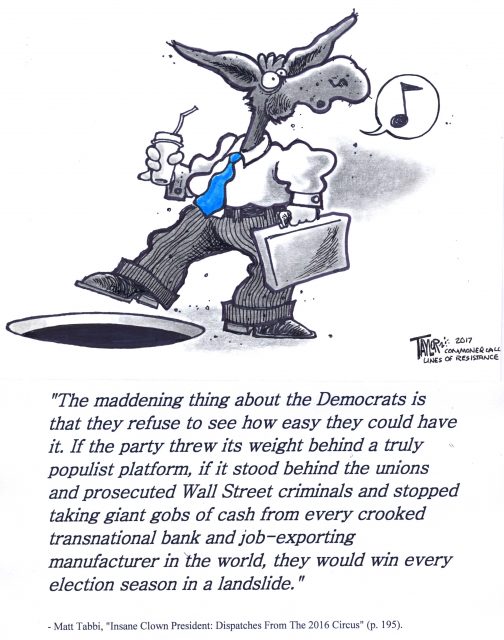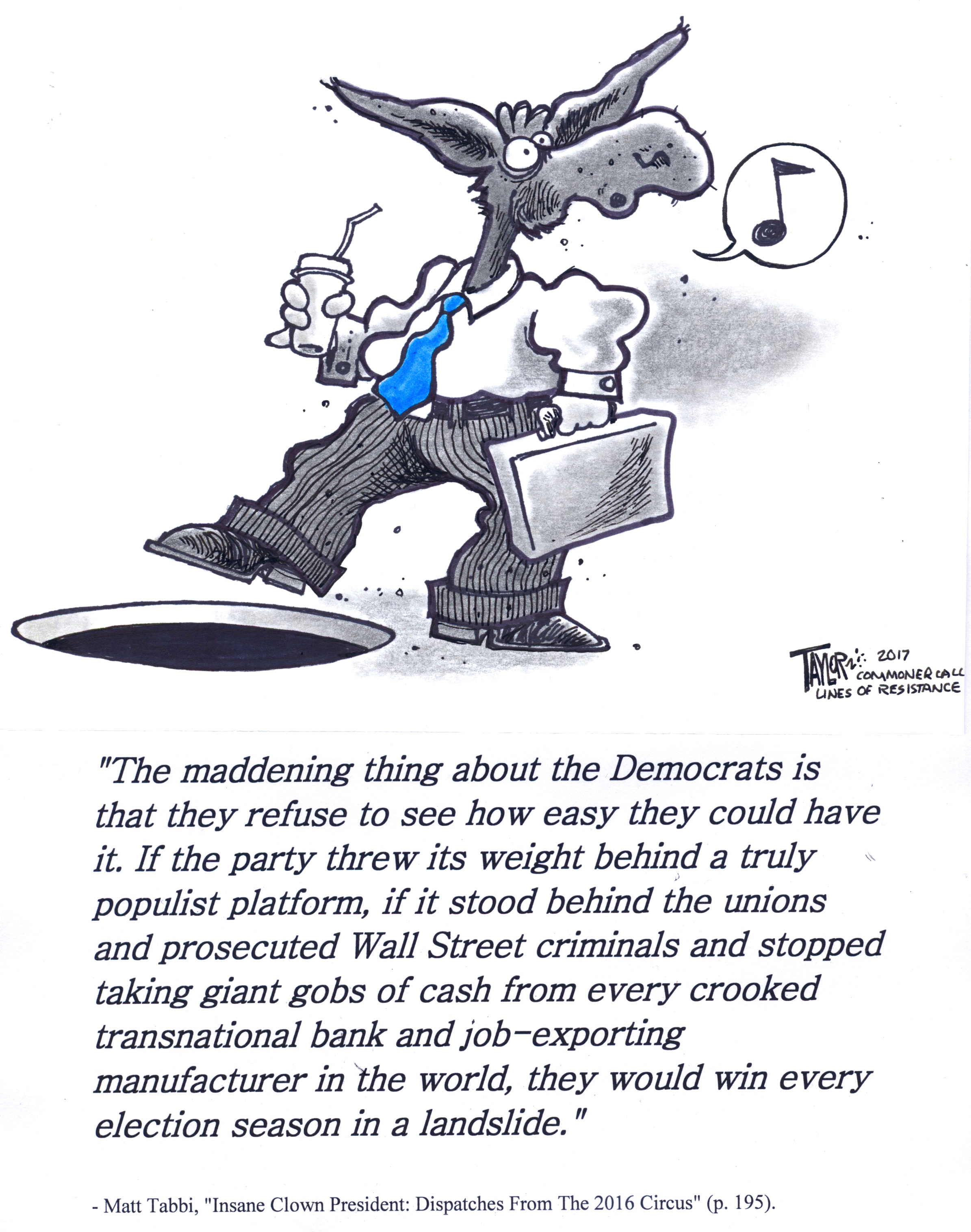
By Theo Anderson
in These Times (1/17/17)
Something remarkable has happened over the past few years: A new silent majority has emerged, decades after Richard Nixon made that phrase famous. Nixon meant the people whose values were, he said, dominant in American culture, but underrepresented in American politics. Calling them the silent majority was a way of channeling the white backlash against the civil rights movement.
The new silent majority is defined by the broad consensus that has emerged in the United States around progressive policies. This consensus isn’t widely reported. In fact, it’s obscured by the oft-repeated idea that the nation is deeply polarized, as if Americans are torn between support for conservative and progressive policies. They aren’t. On the battlefield of ideology, conservatives have been routed.
“There is no easy answer. But for Democrats looking for a path back to power, lifting up the grievances of the forgotten, silent majority—and focusing on the economic and electoral structures that stifle and suppress its voice and vote—would be a good place to start.”
The progressive consensus cuts across economic and social issues and includes even traditional culture-war flashpoints. On most policy questions, polling shows that about three-fifths or more of the public prefers progressive positions.
Consider some examples.
Healthcare reform: In a Gallup survey last year, roughly half of respondents favored repealing Obamacare, while half favored keeping it. But 58 percent supported a third option: replacing it with “a federally funded healthcare system providing insurance for all Americans.” The wording is vague, but that sounds a lot like the single-payer, “Medicare for All” system that progressives have lobbied for.
Unions: Fifty-eight percent of respondents to a 2015 Gallup survey said they “approve of” labor unions—and 72 percent said unions should have either more influence than they now have, or at least the same amount. Historically, the approval rate was in the 70s through the mid-1960s. It declined to roughly 60 percent in the early 1970s and dipped to the high 40s in the wake of the financial meltdown of 2008, but has steadily recovered since then.
Campaign finance reform: Seventy-seven percent of the public supports limits on campaign spending, according to a 2015 Pew poll. Voters in the deep-red state of South Dakota made that clear last November by approving a sweeping campaign-finance reform initiative. The measure passed despite strong opposition from the state chapter of Americans for Prosperity, a PAC funded by the Koch brothers.
Climate change and renewable energy: There was a sharp spike in people who reported that they are at least “a fair amount” worried about climate change last year—from 55 to 64 percent—according to Gallup. The share of people who believe that the effects have already begun also rose, from 55 to 59 percent. It’s true that opinions about climate change fluctuate significantly based on current events, the wording of the question and other factors. A recent Pew poll, for example, found that only 48 percent of respondents believed human activity causes climate change, versus 65 percent in the Gallup poll. But whatever they believe about the causes, Americans overwhelming agree about solutions. In the Pew poll, support for solar panel and wind turbine farms was more than 80 percent. A majority opposed every other potential energy source: offshore drilling, nuclear power plants, fracking and coal. And a post-election poll found that even people who voted for Donald Trump are on board with taking some action against climate change. Sixty-one percent said that companies should be required to reduce carbon emissions, and 78 percent support air-pollution regulations.
Reproductive rights: Fifty-six percent of Americans believe abortion should be legal in “all or most cases.” …

